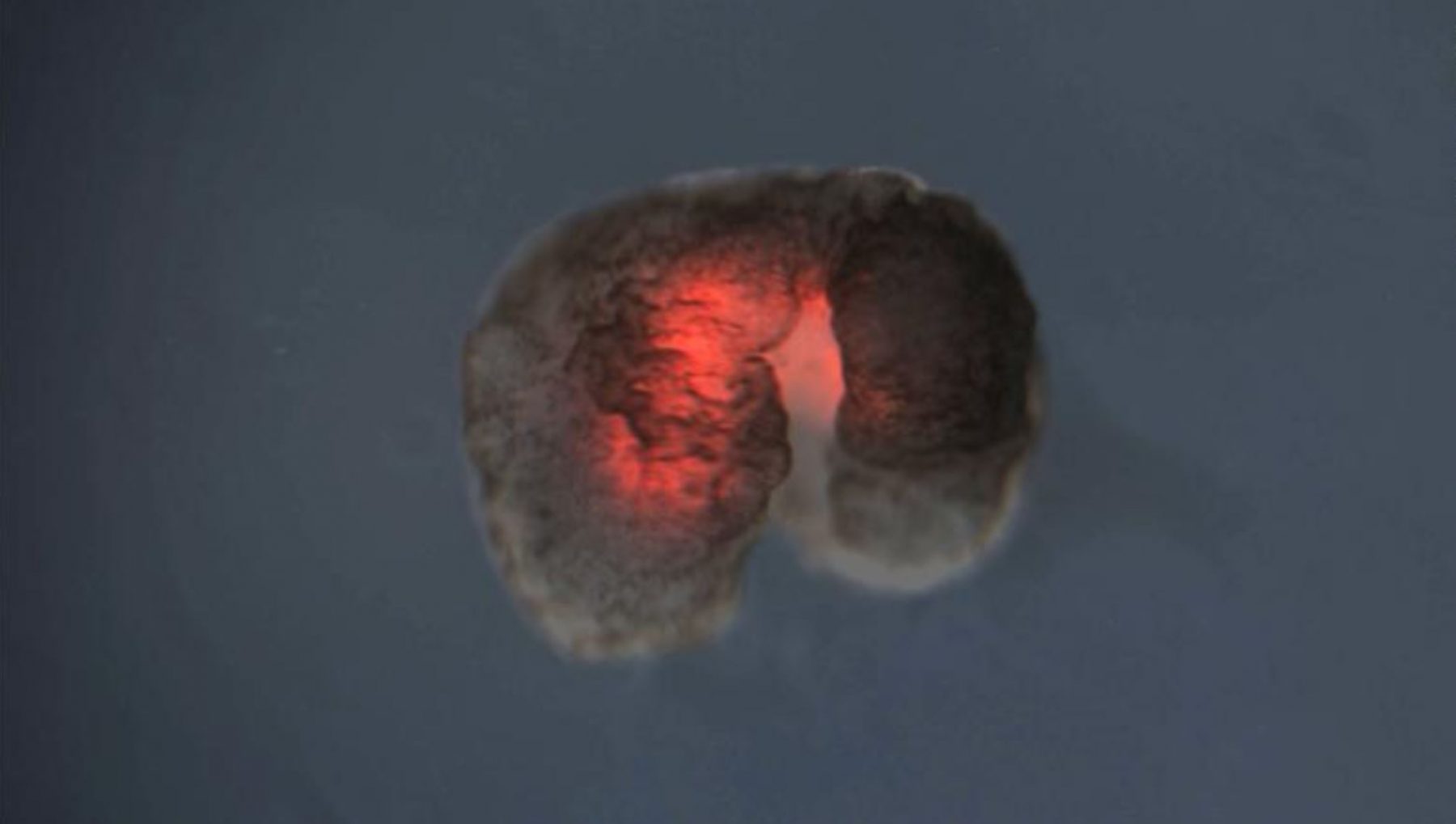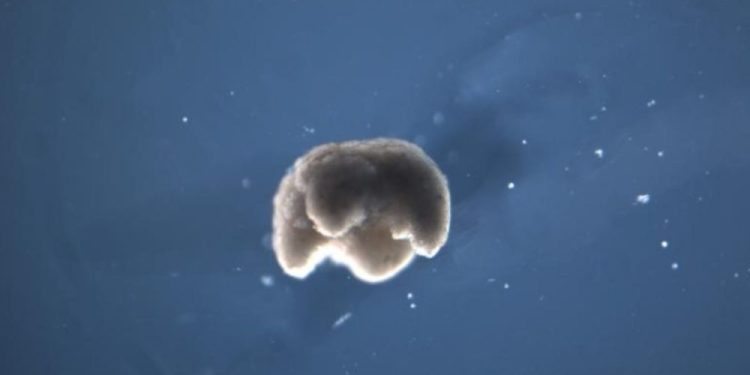In a revolutionary—scary—scientific achievement, a group of researchers has successfully created the first living robots from frogs’ stem cells. The robots are called Xenobots, after the African clawed frog (Xenopus laevis). Scientists from Vermont and Tufts’ universities have reused living cells – frog embryos – and created entirely new life forms, considered living robots. Dubbed “Xenobots,” the creatures are one-millimeter vast and can move towards a designated area and even perform different tasks. The scientists who created the Xenobots have revealed that the machines are small enough to enter the human body. They can swim, walk, and can survive without food for weeks. The robots are also able to work collectively in groups.
“These are entirely new lifeforms. They have never existed on Earth,” explained Michael Levin, the Allen Discovery Center director at Tufts University in Medford, Massachusetts. “They are living, programmable organisms.” The robots were designed by an “evolutionary algorithm” that runs on a supercomputer, a highly advanced piece of Artificial Intelligence.

This image shows a Xenobot with a red heart muscle. Image Credit: Douglas Blackiston.
The rise of the living robot
According to a press release, the scientists used stem cells from the African clawed frog to create the creatures. Stem cells were used since they are unspecialized cells that can develop into many different cell types. After taking the stem cells from the frog embryos, the researchers left them to incubate. After incubation, the cells were cut and shaped into the desired body formed and designed by a supercomputer, which produced forms “never before seen in nature.” Eventually, skin cells bonded from the structure. Pulsating heart muscle cells gave the Xenobot the ability to walk independently.
In addition to being able to walk and swim, researchers have revealed that robots can heal themselves. Experiments, where scientists sliced the robots, demonstrated that the creature could heal and continue moving. This was achieved because instead of creating the robot from metal or plastic, the creature was constructed of living tissue. It’s a scary yet astonishing achievement.
“These are novel living machines. They’re neither a traditional robot nor a known species of animal. Instead, it’s a new class of artifact: a living, programmable organism., explained Joshua Bongard from the University of Vermont. The Xenobots could prove helpful in many things. For example, experts have said that the creatures could be used in the near future to help clean ocean pollution, eliminate toxic waste, and even deliver drugs to a patient. Their capabilities are, as of now, impossible to predict.
“It’s impossible to know what the applications will be for any new technology, so we can only guess,” said Joshua Bongard from the University of Vermont. Fear not for those who are worried that things may get out of hand. The researchers say that there is no need for alarm. The Xenobots come with their own food deposits, which allows them to remain “operational” for around a week. However, they could survive for more extended periods if placed in nutrient-rich environments.
Despite having control over the robots, the researchers acknowledge the notion of robots attacking their creators as a scary apocalyptic nightmare, but no more than that. “That fear is not unreasonable … When we start to mess around with complex systems that we don’t understand, we’re going to get unintended consequences. So this study is a direct contribution to getting a handle on what people are afraid of,” revealed Levin. Xenobots do not have the ability to reproduce or evolve.
The creation of the Xenobots was described in a scientific paper published in the Proceedings of the National Academy of Sciences.
Join the discussion and participate in awesome giveaways in our mobile Telegram group. Join Curiosmos on Telegram Today. t.me/Curiosmos











